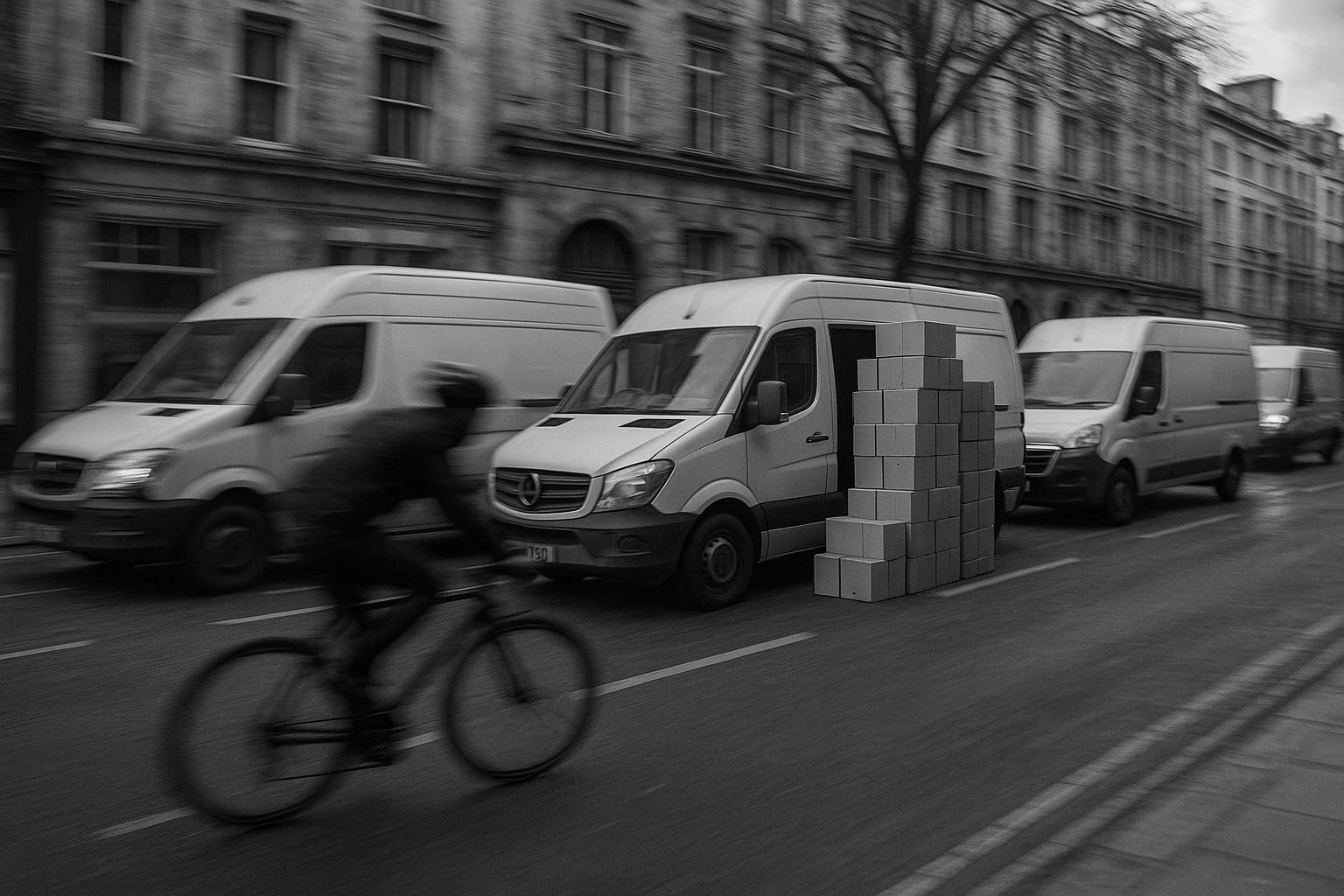London’s notorious road congestion has escalated into a critical challenge, positioning the capital as Europe’s most congested city according to INRIX’s 2024 Global Traffic Scorecard. The report highlights that London is responsible for around half of all UK daily traffic, with congestion costing the city an estimated £3.85 billion in 2024—translating to an average of £942 per driver. Experts argue that traffic management alone cannot address this issue, as the core problem lies in an overwhelming demand for limited street space.
A growing population and historic infrastructure exacerbate London’s congestion woes. Policymakers emphasize that road use should be prioritised for freight, taxis, buses, and those with limited transport options, especially in inner London where standstill traffic frequently occurs. However, in outer London boroughs, car ownership remains high, driven by the relative convenience of car travel where congestion and parking are less severe. David Metz from UCL’s Centre for Transport Studies explained that many Londoners see the cost of using their cars as relatively low after investing in purchase, insurance, and upkeep, making driving a rational, utilitarian choice in outer areas where public transport and active travel options are less accessible.
Another contributing factor is the rise in large vehicles like SUVs, which now number approximately 800,000 in London—up tenfold in two decades. These vehicles occupy more road space, worsening congestion and complicating emergency vehicle access. The Chartered Institution of Highways & Transportation noted that such vehicles have narrowed roadways, turning previously two-way streets into effectively one-way bottlenecks.
The shift towards online shopping and next-day deliveries has further intensified congestion. Delivery vans have surged on London’s roads, a trend partly fuelled by pandemic-era consumer habits. Industry data reveals a 7.7% annual rise in light goods vehicles (LGVs) within the Congestion Charge Zone, with vans now constituting over 17% of vehicles there. This proliferation of delivery vehicles, spurred by convenience and e-commerce growth—predicted to exceed £60 billion in the UK in 2016—clogs busy urban arteries.
City-level responses have been limited in curbing this trend, as there is little disincentive against ordering low-value goods for rapid delivery. Experts suggest that information campaigns to educate consumers about the traffic impact of their choices could be more effective. Moreover, major firms like Amazon have taken steps in collaboration with authorities to alleviate congestion, implementing Last Mile Logistics Hubs that convert underutilised car parks into cargo bike and pedestrian delivery centres, potentially removing up to 85 delivery vehicles daily from central roads.
Private hire vehicles, notably Uber, have also transformed London’s transport landscape. Transport for London data reveals over 106,000 licensed private hire cars operate in the capital, supplementing traditional black cabs and increasing private vehicle presence on the roads. Sustainable travel specialists urge TfL to acknowledge this shift and incorporate such services into broader transport planning to manage congestion effectively.
While the Congestion Charge and similar initiatives were designed to deter car use in central London, their effectiveness has been limited by the self-regulating nature of traffic patterns, wherein any reduction is often offset by former deterred drivers returning to the roads once delays ease. Research insists the key to reducing car dependency is massive investment in public transport infrastructure. Projects like the Elizabeth Line have demonstrated success in providing fast, reliable alternatives to driving, particularly for commuters from outer London, encouraging a modal shift.
Building more extensive rail networks—underground, overground, light rail, and trams—represents a critical long-term strategy to ease road congestion sustainably. Enhancing these options offers speed, reliability, and convenience that can compete with car travel, especially in sprawling and lower-density areas where car use remains attractive.
Finally, the UK government’s toolkit for decarbonising road freight underlines the importance of policy measures such as retiming deliveries to off-peak hours and promoting electric vehicles. These strategies aim not only to reduce congestion but also to tackle associated problems like air pollution and road safety.
Addressing London’s congestion crisis will require a multi-pronged, coordinated approach involving infrastructural investment, shifting cultural preferences around car use, smarter delivery logistics, and stringent regulatory frameworks to prioritise sustainable travel methods.
📌 Reference Map:
- Paragraph 1 – [1] (My London), [4] (PR Newswire)
- Paragraph 2 – [1] (My London)
- Paragraph 3 – [1] (My London)
- Paragraph 4 – [1] (My London)
- Paragraph 5 – [1] (My London), [2] (Fleet News), [6] (What Van?)
- Paragraph 6 – [1] (My London), [3] (World Economic Forum)
- Paragraph 7 – [1] (My London)
- Paragraph 8 – [1] (My London)
- Paragraph 9 – [1] (My London)
- Paragraph 10 – [1] (My London), [7] (Centre for London)
- Paragraph 11 – [1] (My London), [5] (UK Government)
Source: Noah Wire Services
